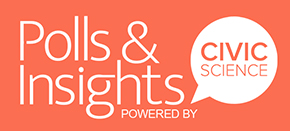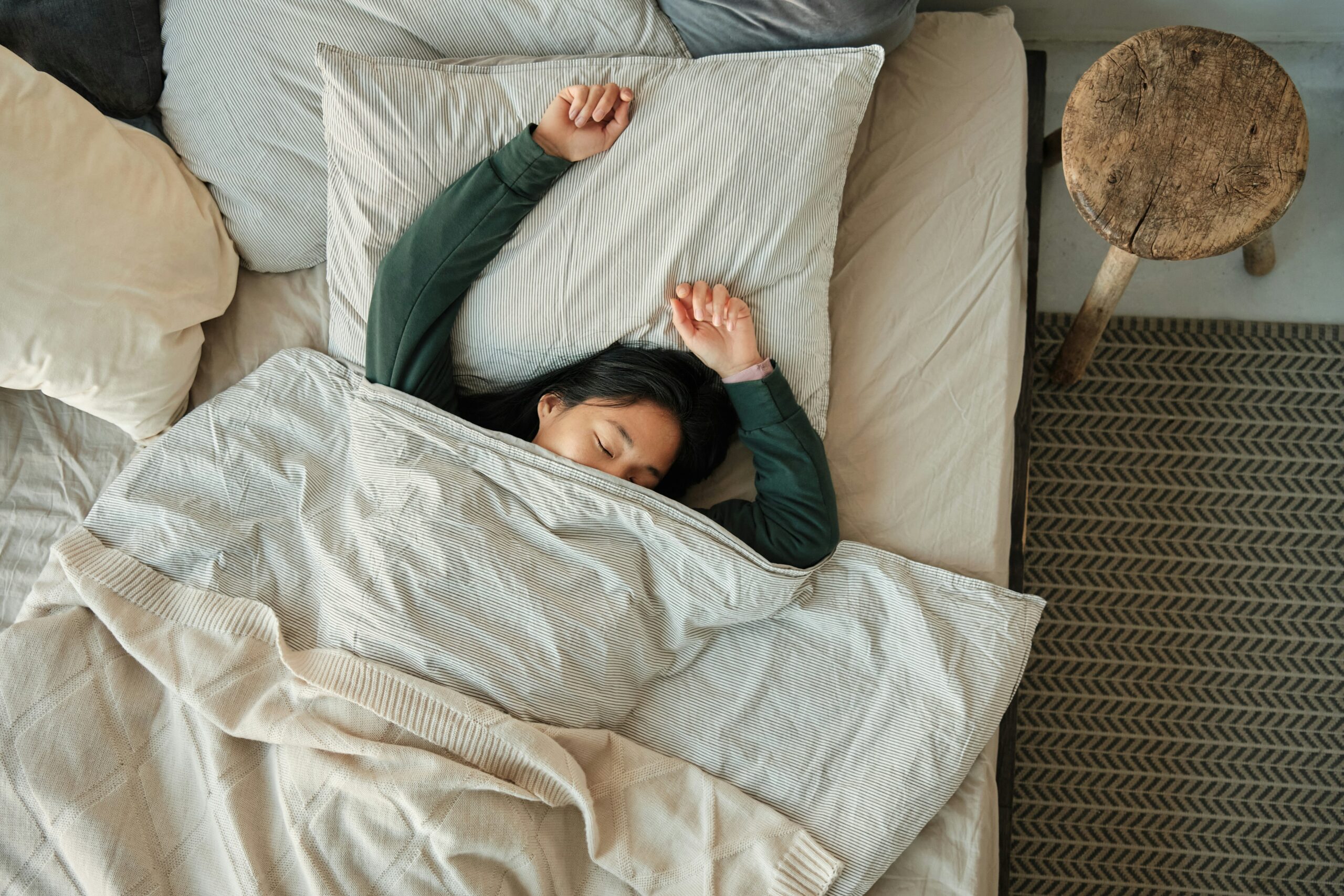What position do you tend to sleep in, and do you fall into the majority? A New CivicScience survey running since January of 2024 among 17,000+ respondents finds the overwhelming majority of U.S. adults (70%) sleep on their side. This is far above the 18% who are back-sleepers and the 12% who sleep on their stomach.
Where do you fit in? Let us know: Do you sleep on your back, side or stomach?
This majority extends across all U.S. adult age groups, though variations exist between stomach and back sleepers. Interestingly, Gen Z adults between 18-29 are the most likely to sleep on their stomach (17%), five times the rate of Boomers aged 65+. Millennials (30-44), meanwhile, are the most likely, by a slim margin, to report that they sleep on their back. Seventy percent of women sleep on their side, outpacing men by six points, while men are seven points more likely to sleep on their back (25% to 18%), respectively.
As you might expect, sleep positioning plays a role in how much sleep Americans are getting on an average night. Additional polling finds stomach sleepers (17%) are the most likely to report they get 8+ hours of sleep per night, just barely ahead of side and stomach sleepers (14% each). When it comes to who is getting the least amount of sleep, back sleepers (36%) lead the way in getting less than six hours per night. This is just ahead of the 33% of stomach and side sleepers. Americans who sleep on their side are most likely to get 6-8 hours nightly.

But demographics aren’t the only indicators when it comes to sleep position:
- Weekly Energy drink consumption: 30% of back sleepers drink energy drinks weekly, far ahead of side (11%) and stomach (4%) sleepers.
- Sober-curiosity: Back sleepers (47%) are at least 7pp more likely than side (31%) and stomach (40%) sleepers to say they’re at least ‘somewhat’ curious about cutting alcohol from their life (among those 21+, who currently drink alcohol).
- Stress levels: Stomach (29%) sleepers are more likely than side (21%) and back (18%) sleepers to say they’re ‘very’ stressed.
Sleep position may seem like a simple preference, but it’s tied to everything from stress and energy drink habits to how much sleep Americans actually get. While side sleeping clearly dominates, the differences among back and stomach sleepers suggest there’s more to how we rest than meets the eye—and maybe more ways our sleep style reflects our waking lives.
Love taking polls? Sign up to participate in the Poll of the Day here.
This article’s data comes solely from CivicScience’s database, which contains nearly 700,000 poll questions and 5 billion consumer insights.

